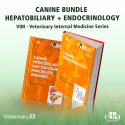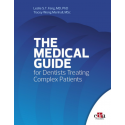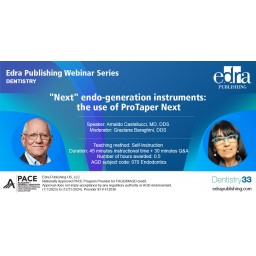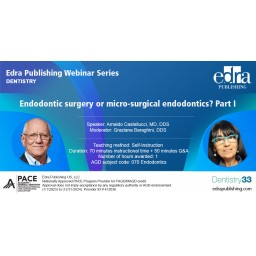The endodontic Glide Path. The secret for a safe use of Rotary NiTi Files.
The extraordinary characteristic of super elasticity and strength of the NiTi alloy has made it possible to produce rotary instruments capable of assuring a perfect shaping reproducible with the use of very few instruments, in a short time, without the need for the operator to have the above average manual skills.
First release 1.1.2023 - Available until 12.31.2023












